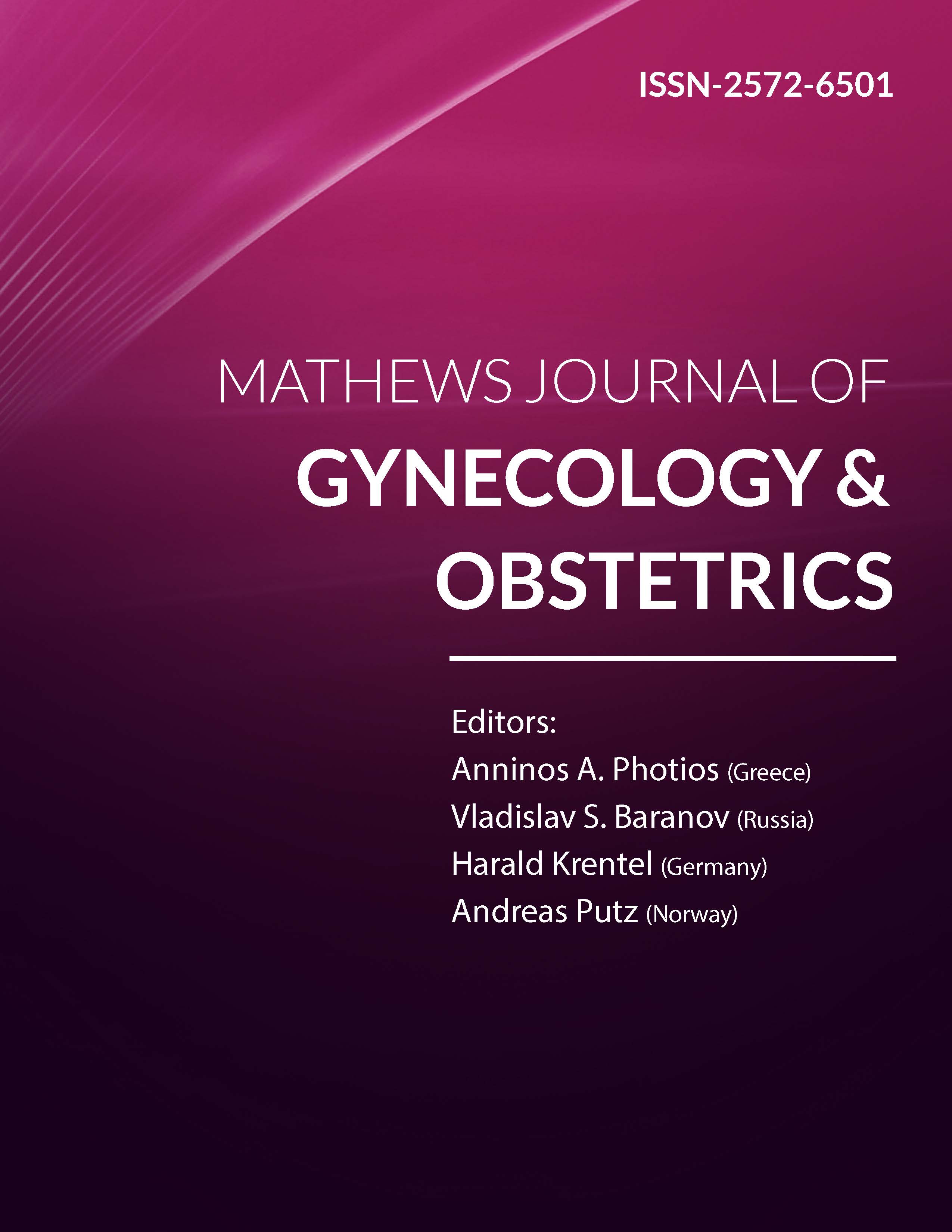
Information Links
Previous Issues Volume 3, Issue 1 - 2018
Impact of Etonogestrel Subdermal Implant Versus Depot-Medroxyprogesterone Acetate Injection on Menstrual Changes And Uterine Artery Doppler Indices: A Randomized Clinical Trial
Mohamed Rezk¹*, Osama Elkelani¹, Haitham Hamza¹, Mohamed Shawky2 , Hala Marawan³
1Department of Obstetrics and Gynecology, Egypt
2Department of Radiology, Egypt.
3Department of Public Health and Community Medicine, Faculty of Medicine, Menoufia University, Egypt.
Corresponding Author: Mohamed Rezk, 25 Yasin Abdelghafar street, Shibin ElKom City, Menoufia governorate, Egypt, Tel:+201146256413; Email: [email protected]
Received Date: 05 Jan 2018
Accepted Date: 21 Feb 2018
Published Date: 23 Feb 2018
Copyright © 2018 Rezk M
Citation: Rezk M, Elkelani O, Hamza H, Shawky M, et al. (2018). Impact of Etonogestrel Subdermal Implant Versus Depot-Medroxyprogesterone Acetate Injection on Menstrual Changes And Uterine Artery Doppler Indices: A Randomized Clinical Trial. Mathews J Gynecol Obstet. 3(1): 14.
ABSTRACT
Objective: To ascertain the impact of Etonogestrel subdermal implant (ENG-implant) versus Depot-medroxyprogesterone acetate injection (DMPA) on menstrual changes and uterine artery Doppler indices at 3 and 6 months after use and to assess the association between menstrual irregularities among the new users and Doppler changes in uterine arteries.
Methods: 311 multiparous women were randomly allocated into two types of progestin-only contraception, group 1 received the ENG implant (n=152) and group 2 received DMPA (n=159). Women were followed for 6 months with assessment of uterine artery pulsatility index (PI) and resistant index (RI) initially then at 3 and 6 months after insertion. Multiple logistic regression analysis of participants’ characteristics and Doppler indices was done for correlation with menstrual changes.
Results: Abnormal bleeding affected 27.6% in the ENG implant group and 34.6% in the DMPA group while amenorrhea affected 21.1% in the ENG implant group compared to 30.2% in the DMPA group (p>0.05). Uterine artery PI was significantly correlated with abnormal bleeding at cut off value of 1.35 with AUC 0.93, sensitivity 88% and specificity 100% while RI at cut off value of 0.62 with AUC 0.1, sensitivity 96% and specificity 100%. Uterine artery PI was significantly correlated with amenorrhea at cut off value of 2.25 with AUC 100, sensitivity 100% and specificity 96% while RI at cut off value of 0.82 with AUC 98, sensitivity 100% and specificity 85%.
Conclusion: Menstrual changes among new users of ENG implant and DMPA is associated with changes in the uterine artery blood flow.